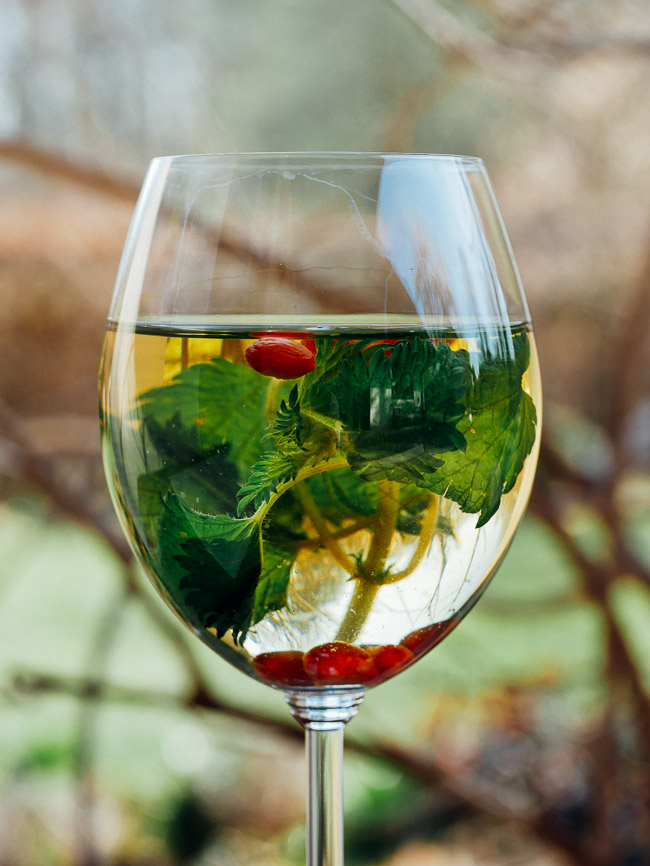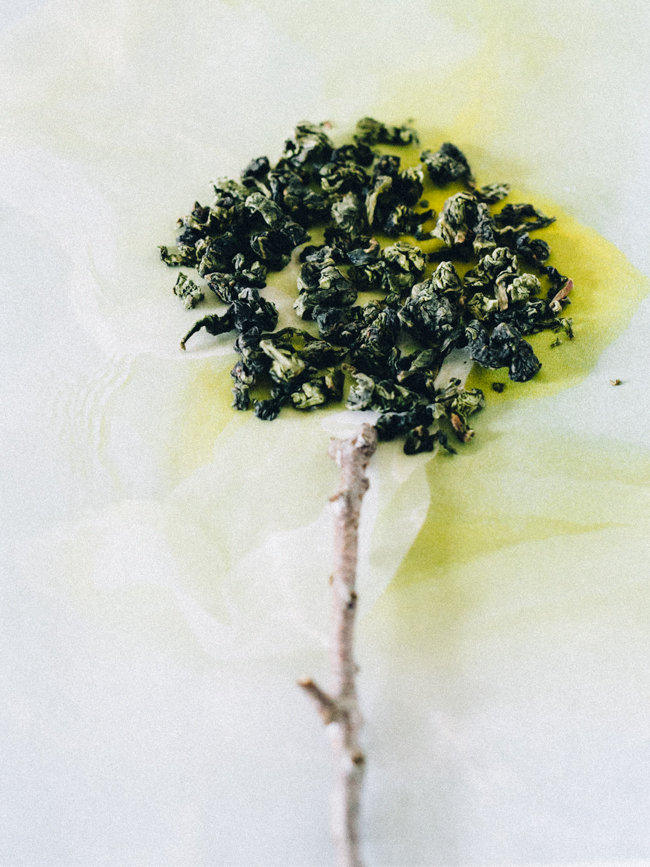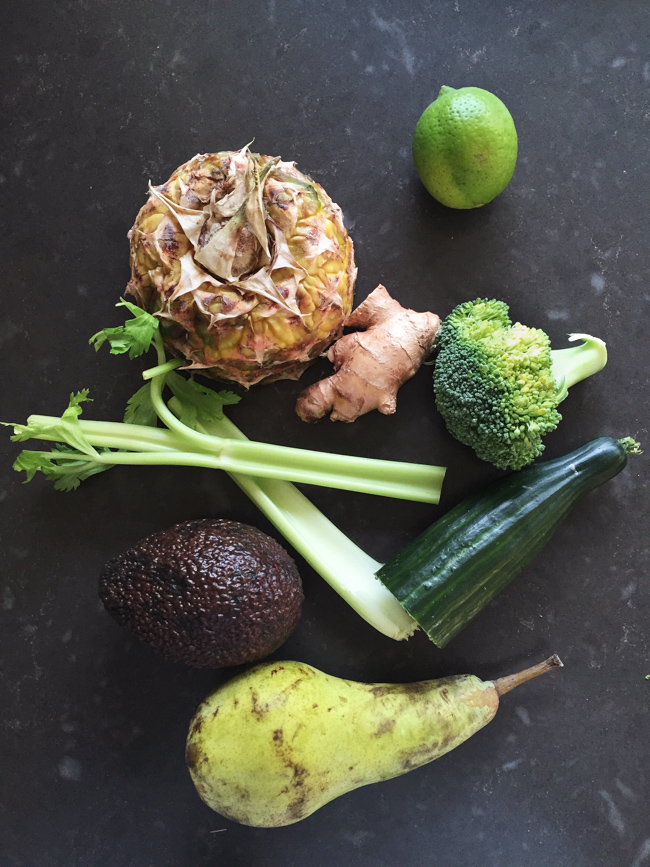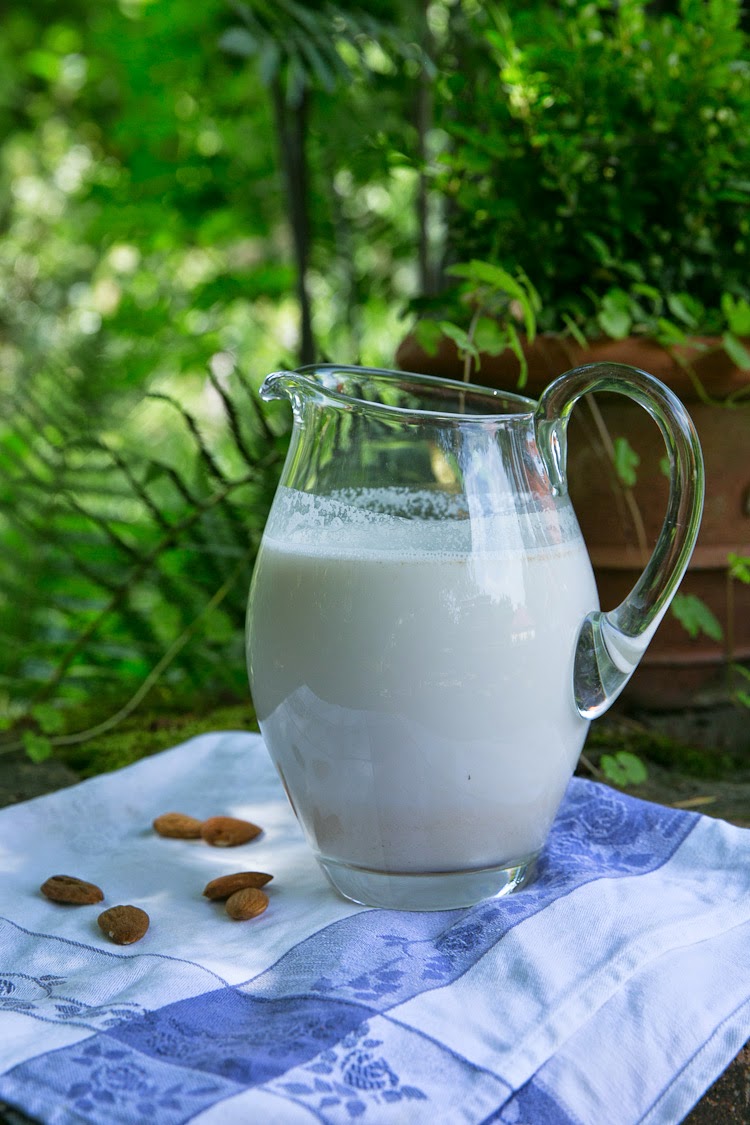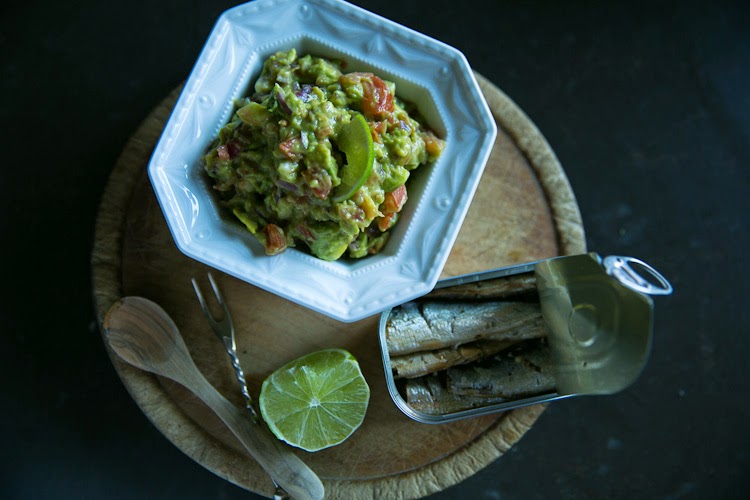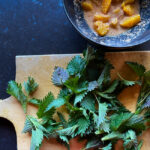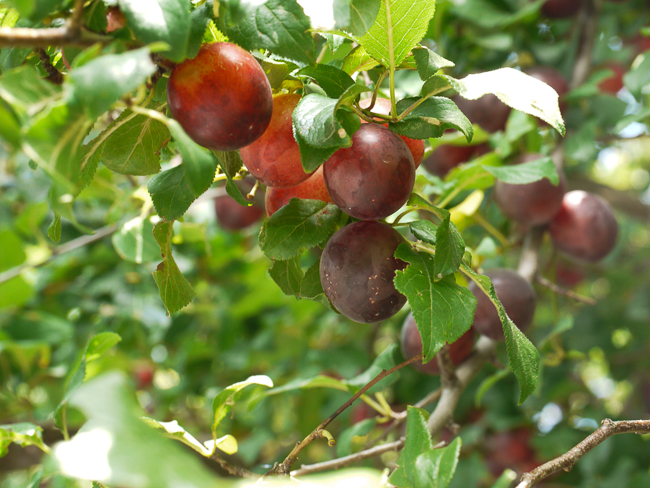A hearty dose of herbal remedies that you can conjure with ingredients found on your walks or even in your garden. They are easy enough to recognize but for beginners I recommend buying a book highlighting the similar but toxic friends.
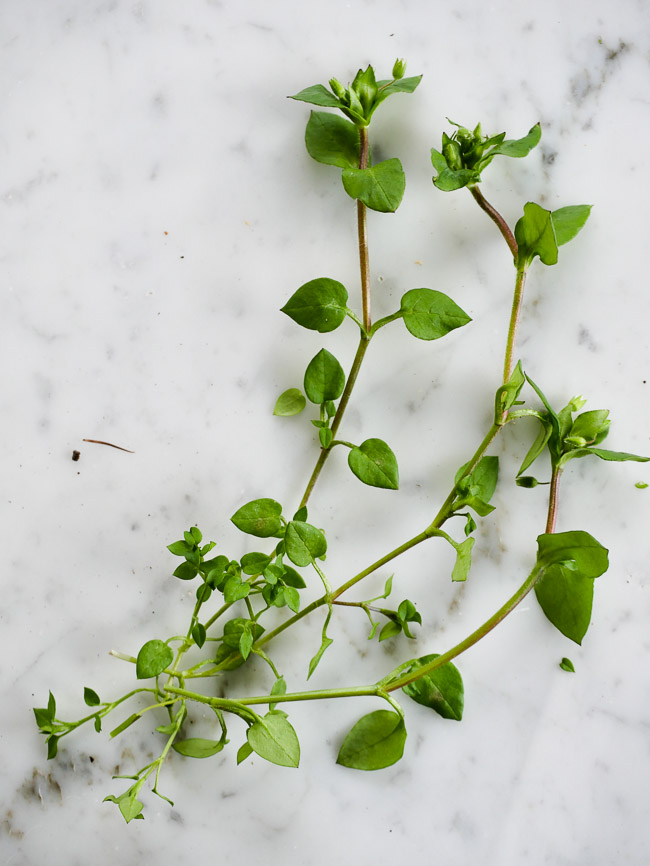
Stellaria Media
Chickweed
Edible parts: leaves, stems, buds and blossoms
Contents: calcium, magnesium, potassium, iron, B-vitamins, phosphorus, zinc, copper, silicic acid, vitamins A and C, essential oils, tannins and plant-based proteins
Effects : cooling, anti-inflammatory, blood-cleansing, hemostatic, diuretic, digestive and analgesic
Use:
pure in salads, dips or crostini
juiced with apple
blended in smoothies
dried as a metabolism-enhancing tea
_____________
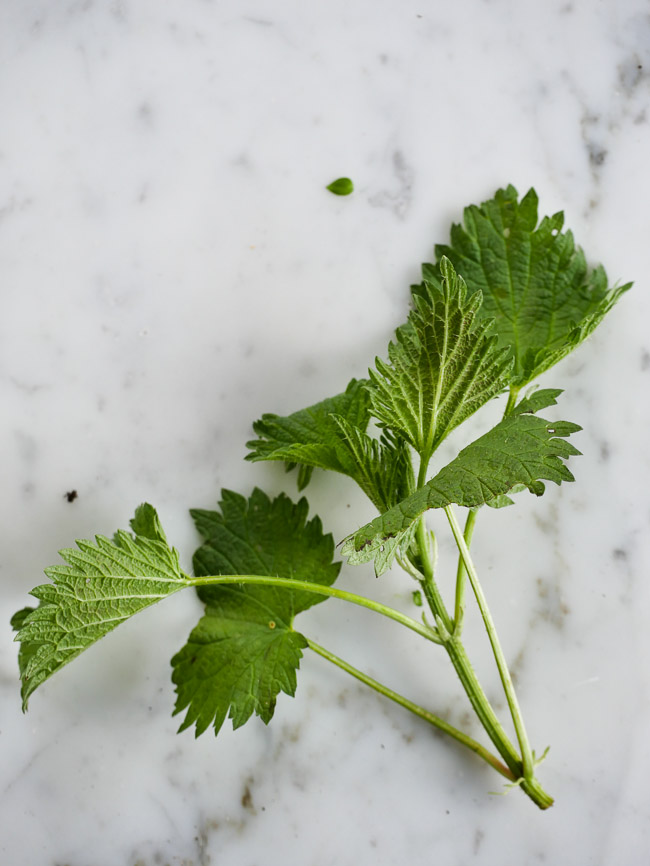
Urtica Dioica
Nettle
Edible parts: leaves, seeds, buds
Contents: flavonoids, magnesium, potassium, iron, silicic acid, vitamin A, C and E, plant-based proteins
In the seeds: 30% oils, especially linoleic acid and vitamin E
Effects: diuretic, blood-cleansing and detoxing, anti-inflammatory, digestive, anti-rheumatic, anti-diabetic, tonic
Use:
leaves: fresh or dried for tea
blanched similar to spinach, raw in salads, juices and smoothies
seeds: dried or roasted as a condiment
_____________
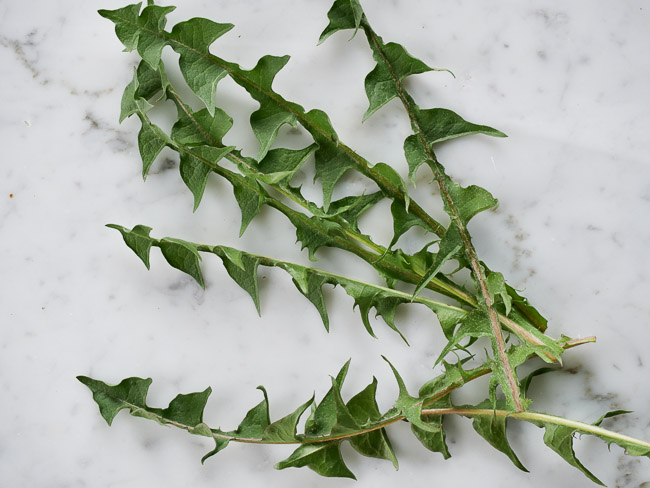
Taraxacum Officinale
Dandelion
Edible parts: leaves, stems (the milk is not toxic), blossoms and roots
Contents: bitter substances, potassium, iron, calcium, magnesium, phosphorus, vitamins A, C, B2 and flavonoids.
Effects: diuretic, detoxing, blood-building, anti-inflammatory, wound healing
The bitter substances have a beneficial effect on the stomach, intestines, pancreas, liver, gall bladder and kidneys.
Use:
juiced or blended in a smoothie
in salads and dips
dried (leaves and roots) for tea
flowers: in salads, or fried in batter
_____________
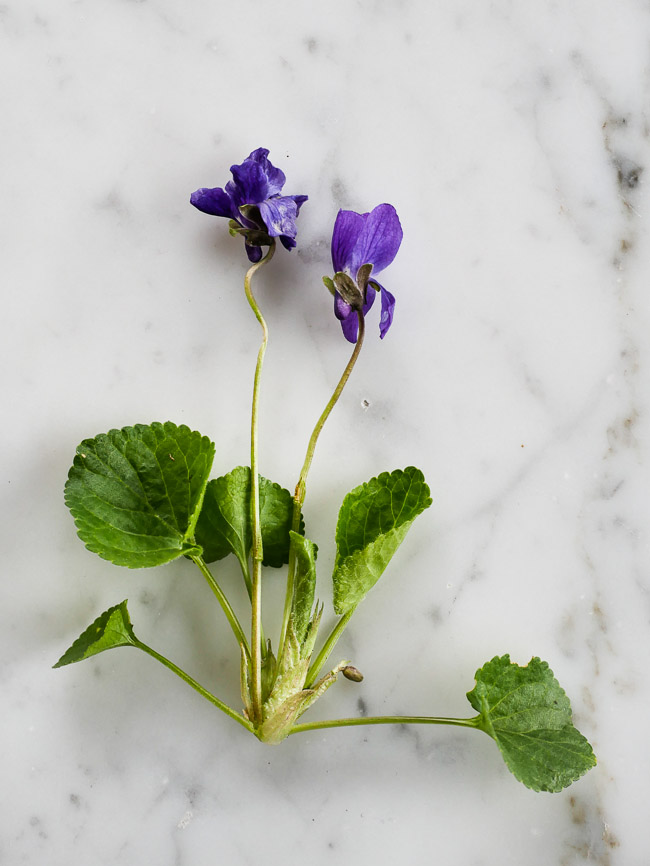
Viola Odorata
Violet
Edible parts: blossoms and buds, leaves, roots
Contents:
leaves: saponins, flavonoids, alkaloids, bitter substances
blossoms: essential oils, natural blue colouring Cyamin
Effects: stress relieving scent
Use:
decoration for desserts and salads, aroma in sugar and vinegar
_____________
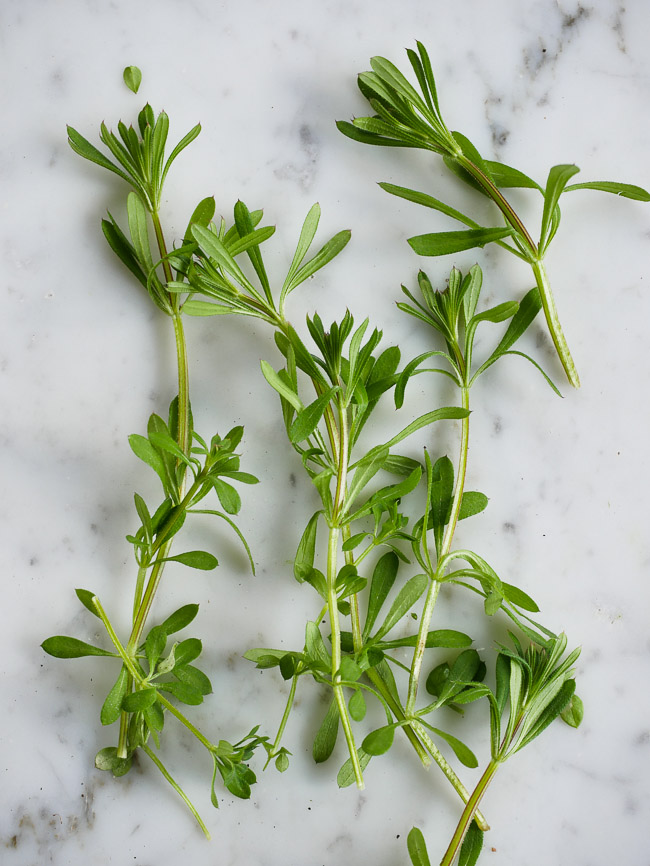
Gallium Aparine
Goosegrass
Edible parts: leaves and shoots
Contents: glycosides, alkaloids, tannins and essential oils
Effects: diuretic, stimulates lymph flow, detoxing. In Chinese Medicine it’s assigned to liver, gall and bladder
Use:
juiced in drinks and soups
blended in smoothies
in scrambled eggs, vegetables, cottage cheese, Quark
fresh or dried for tea
_____________
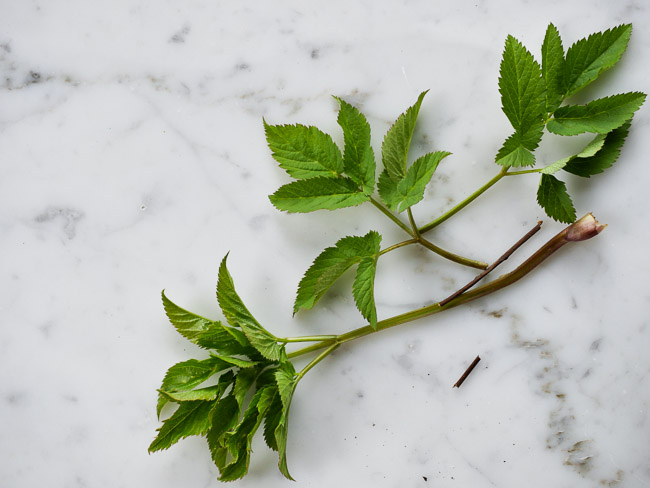
Aegopodium Podagraria
Ground Elder
Edible parts: leaves, blossoms and fruits
Contents: potassium, magnesium, calcium, manganese, zinc, copper, vitamins A and C, plant based proteins, flavonoids, resin and essential oil
Effects: diuretic, anti-inflammatory, spasmolytic, de-acidifying
Use:
leaves and blossoms: raw as salad, blanched like spinach, juiced or blended in smoothies
fruits: fresh or dried as a condiment
